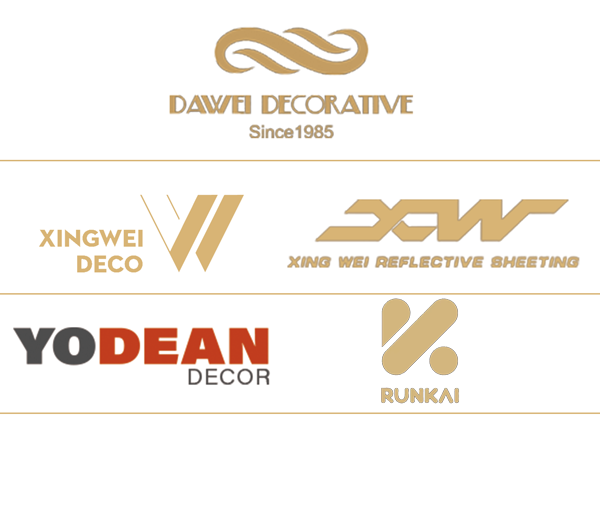Photoluminescent tapes are commonly used for masking applications and other projects where you need to be visible in the dark. They contain strontium oxide aluminate, a material that charges when exposed to light. Ten minutes of direct light is enough to charge the tape. The tape is rechargeable indefinitely and has a long life span of twenty years with only 2% degradation of luminescence.
Glossy in the dark tape lasts up to eight hours
Glow in the dark tape is a non-electric safety system that consists of flexible, photoluminescent film coated with a permanent acrylic pressure-sensitive adhesive. Its adhesive is backed by a 5 mil poly-coated release liner. The photoluminescent pigments in the tape absorb energy from ambient light and are immediately visible when suddenly darkened. Glowing tape is highly visible in the dark and lasts for up to eight hours at the night.
Photoluminescent tape emits a neon green for up to 10 continuous hours
This unique tape is a one-inch wide, 0.6-inch-thick, transparent film that emits a bright neon green when charged. It is brightest under natural light, but can glow for up to 10 hours. The tape is easy to tear, and it sticks to most surfaces without leaving a tacky residue. It is safe to use on a variety of surfaces, including glass, metal, and plastic.
The glow lasts up to 10 continuous hours, and it can be seen from a distance. Unlike some other reflective tape, the photoluminescent tape is more durable than its competitors. Its silicone-based adhesive backing grips non-porous surfaces without losing its luminous intensity. In addition, the tape has a rubberized surface that prevents it from slipping.
Strontium aluminate
The strontium aluminate in glow-in-the-dark tape produces light as a result of energy stored in atoms. The energy is released when electrons fall from higher-energy orbitals to lower-energy ones, causing photons to be emitted. The photoluminescent part of the name comes from the fact that the light-absorbing material is produced by a process known as photoluminescence. When exposed to light, strontium aluminate absorbs the photons and then slowly releases them as light passes through it.
This material can last for up to 20 years when properly recharged. These tapes use the highest grade strontium aluminate pigments and will produce a lasting afterglow. They are also water-resistant and have a high durability. Depending on the type of glow-in-the-dark tape you choose, you can get it to glow up to 14 hours when exposed to natural light.
Zinc sulphide
When exposed to long-wavelength ultraviolet light, zinc sulphide fluoresces and emits phosphorescent light. The intensity of the emission is spectacular and the color is very vivid. This glow-in-the-dark phenomenon will continue even after the UV light is turned off. This is why zinc sulphide glow-in-the-dark tapes are popular with kids and adults.
When exposed to ultraviolet light, the powder will glow. The phosphorescent light will last about an hour. However, it is important to note that some glow in the dark products may contain mercury or cadmium. The amount of lead present should be low compared to the amount of zinc sulfide in the tape. Some glow-in-the-dark tapes are flammable and can cause allergic reactions.
Modern glow-in-the-dark products are made with strontium aluminate, which can store and release light over a longer period of time. Some also contain the rare earth europium to add to the glow. Generally, modern glow-in-the-dark paints are waterproof and durable, making them useful for fishing lures and decorations. The light produced by zinc sulfide is green, but not as bright as that of strontium aluminate.





Thank you for letting me know that zinc emits phosphorescent light when exposed to long-wavelength ultraviolet light. My friend wants to have a photoluminescent exit sign. I should advise him to go for it to ensure their safety.